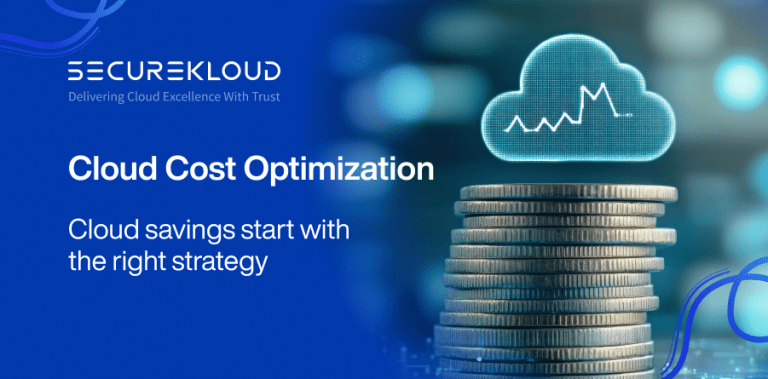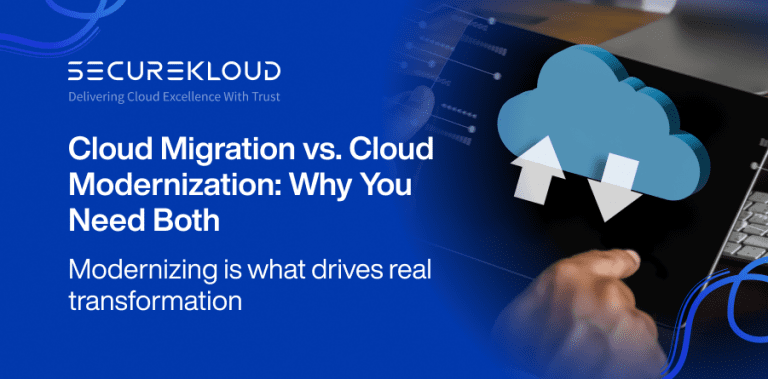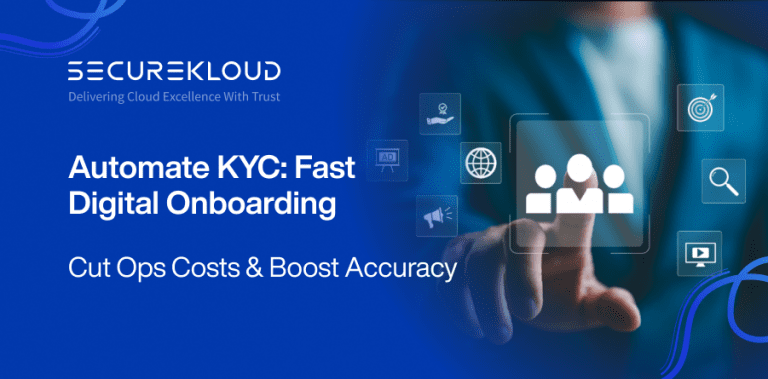- 4Minutes
- 800Words
- 105Views
Cloud Computing, revolutionary paradigm shift in cloud is one where computing services host servers, storage, databases, networking, software, analytics, and intelligence are delivered over the internet. With the pay-as-you-go model, organizations no longer have to own and operate on-premises data centers, besides offering cost-effective scalability and flexibility.
Benefits of Cloud Computing
Cloud computing has had quite a number of benefits accruing to companies and organizations throughout different industries. Some of the major advantages accrued from cloud computing include the following:
- Cost-effectiveness: Cloud providers in pay-as-you-go pricing models relieve customers from the need to invest in hardware and infrastructure upfront.
- Scalability: Since demand can fluctuate, cloud services can be scaled up or down to ensure that resource utilization is at its best.
- Flexibility: Cloud platforms are equipped with numerous services and tools; hence, organizations can align their IT infrastructure to suit their needs.
- Reliability: Cloud providers assure high levels of reliability and uptime, since huge investments are made in data centers and security measures.
- Innovation: With cloud computing, organizations are able to focus on innovating and building upon their core competencies without the added burden of managing the IT infrastructure themselves.
10 Future of Cloud Computing Trends and Predictions
These are some of the cloud computing trends and predictions that will take shape for the future of cloud landscape in 2025 and beyond as it continues to evolve:
- Multi-Cloud and Hybrid Cloud Adoption: With more than a few multi-cloud and hybrid cloud adoptions, organizations tend to seek optimum performance, reduced vendor lock-in, and increased resiliency.
- Serverless computing: The agility, scalability, and cost-effective computation further come because of the shift in paradigm towards serverless cloud computing technology, hence developing innovative solutions not thinking about how managing infrastructures.
- Data Governance and Privacy: Strong data governance practices along with adherence to regulatory landscapes are fundamental in ensuring data security and user privacy, which in turn would help in gaining better trust in cloud environments.
- Containerization and Microservices: These methodologies make development easier and reduce scaling issues, utilizing better resources for the deployment of applications, thereby driving more innovation.
- Edge Computing: With Edge Computing, latency is minimized, bandwidth is optimized, and it also enables real-time processing. This trend creates a very good foundation for the rapid development and improvement of IoT in user experience.
- Artificial Intelligence and Machine Learning: To date, the cloud vendors have further embedded the usage of AI and ML into the core architectures of their respective cloud platforms to help organizations drive data analysis, predictive modeling, and automation.
- Quantum Computing: Quantum computing, though still in its infancy, is very promising, especially for cloud computing; it holds immense promise while solving intractable problems that lie beyond the reach of classical computers.
- Compliance and Cloud Security: With an objective to secure sensitive information and adhere to industry regulations such as GDPR and HIPAA, cloud providers continue to invest in advanced security measures.
- Cloud Native Applications: Organizations are increasingly building cloud-native applications, then deploying them, leveraging the cloud environment in scalable, agile, and cost-effective ways.
- Increased Adoption in Emerging Markets: Cloud computing gains momentum in developing countries, impelled by the need for digital transformation and the pursuit of access to affordable IT resources.
What do the future after 2025 cloud predictions hold?
The future of cloud computing is bright. Looking ahead, the pace of development and modernization will catalyze further innovation and ramp up the adoption of cloud-based solutions in various industries.
Key cloud computing trends to definitely look out for 2025 cloud predictions include:
- Integration with emergent technologies: Cloud computing will easily integrate with emergent technologies such as 5G, IoTs, blockchain, and augmented reality.
- Sustainability will be improved: This indicates that cloud providers will shift toward sustainability measures, reducing carbon footprints and increasing energy efficiency.
- Increased personalization: Cloud-based services will become more personalized, tailoring their offerings to individual user preferences and needs.
- Global expansion: In 2025, cloud computing will continue to expand globally, reaching new markets and driving economic growth.
What are the top cloud computing skills?
Various are the major and minor skills a professional should have developed to be in the cloud computing landscape.
- Cloud platforms: Proficient in the use of major cloud platforms such as AWS, Azure, and GCP.
- Programming skills: Knowing programming languages including, but not limited to, Python, Java, or JavaScript.
- Data Management: Efficient in the usage of data management and analysis-related tools.
- Security: Knowledge of security best practices and compliance regulations in the cloud.
- DevOps: Familiarity with DevOps principles and tools for efficient software development and delivery.
- Artificial Intelligence/Machine Learning: Proficient in algorithms and frameworks used in AI/ML.
With the ever-evolving cloud computing landscape, being well aware of the latest cloud computing trends and acquiring relevant skills will become a significant factor in the success roadmap for any such professional.





